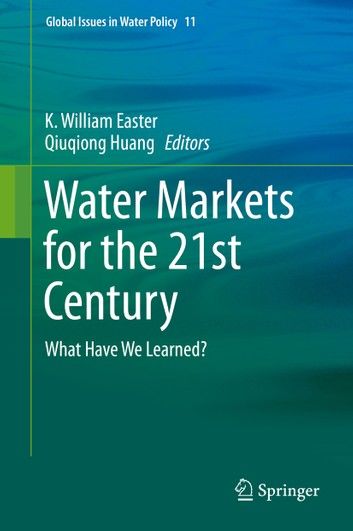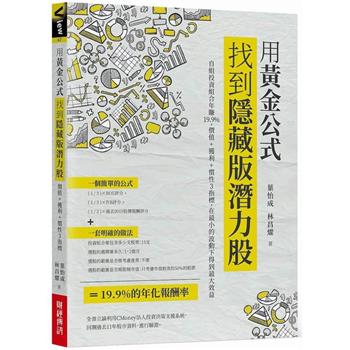| FindBook |
有 1 項符合
Water Markets for the 21st Century的圖書 |
 |
Water Markets for the 21st Century 出版社:Springer Netherlands 出版日期:2014-07-30 語言:英文 |
| 圖書館借閱 |
| 國家圖書館 | 全國圖書書目資訊網 | 國立公共資訊圖書館 | 電子書服務平台 | MetaCat 跨館整合查詢 |
| 臺北市立圖書館 | 新北市立圖書館 | 基隆市公共圖書館 | 桃園市立圖書館 | 新竹縣公共圖書館 |
| 苗栗縣立圖書館 | 臺中市立圖書館 | 彰化縣公共圖書館 | 南投縣文化局 | 雲林縣公共圖書館 |
| 嘉義縣圖書館 | 臺南市立圖書館 | 高雄市立圖書館 | 屏東縣公共圖書館 | 宜蘭縣公共圖書館 |
| 花蓮縣文化局 | 臺東縣文化處 |
|
|
This book evaluates the history, the present and the future of water markets on 5 continents, beginning with the institutional underpinnings of water markets and factors influencing transaction costs. The book examines markets in seven countries and three different U.S. states, ranging from village-level water markets in Oman to basin wide formal water markets in Australia's Murray-Darling River basin.
Introductory chapters on the background of water markets and on transaction costs and policy design are followed by chapter length discussion of water markets as an adaptive response to climate change and of supply reliability in a changing climate. Case studies describe a variety of facets of the design and function of markets around the world: California, Chile, Spain, Oman, Australia, Canada, India and China.
In analyzing these real-world examples of markets, the contributors explore water rights and trading of rights between agricultural and urban sectors and the principles and function of option markets. They discuss different sized approaches, from large scale, ministry-level administration of markets to informal arrangements among farmers in the same village, or groups of villages which allocate water without large investment in management and infrastructure. Discussion includes questions of why water market practices have not expanded more rapidly in arid places.
The book discusses mechanisms for resolving conflicts between water rights holders as well as between water right holders and third parties impacted by water trades and whether or not public ownership of water rights or use rights should trump private ownership and under what condition. Also covered are new and expanding categories of water use, beyond human consumption, agriculture and industry to new technologies ranging from extracting natural gas from shale to producing biofuels.
The book concludes with suggestions for future water markets and offers a realistic picture of how they might change water use and distribution practices going forward.
|










